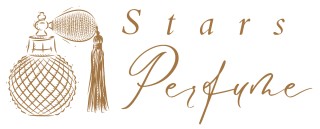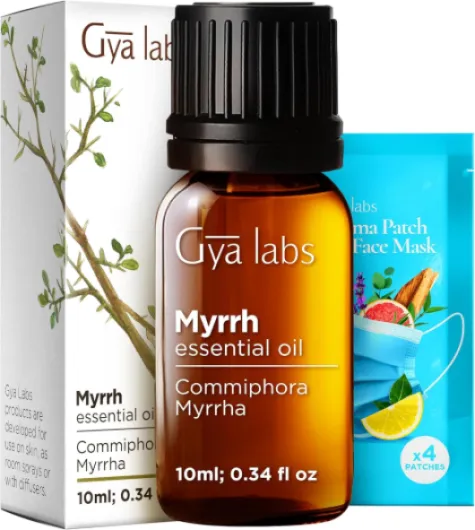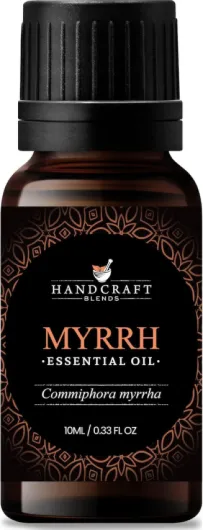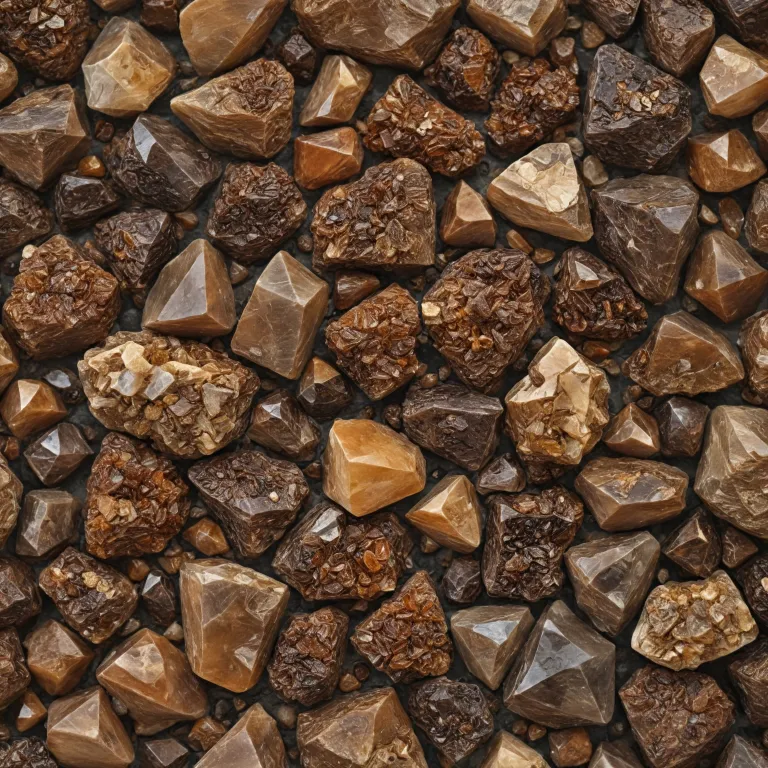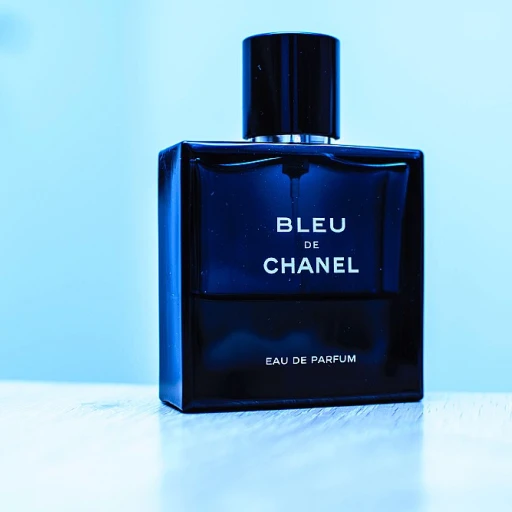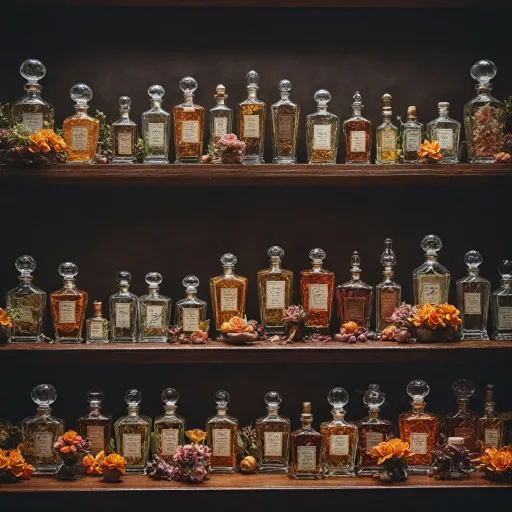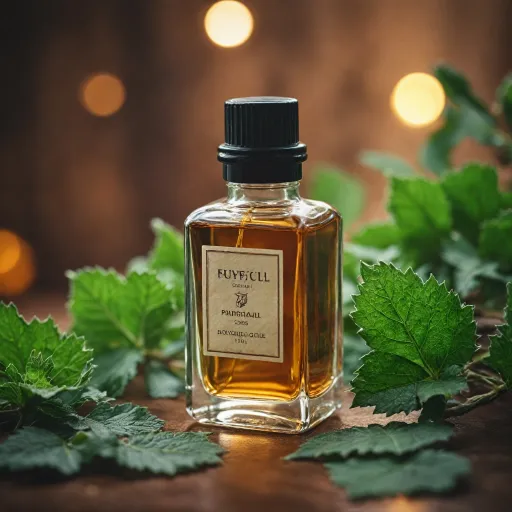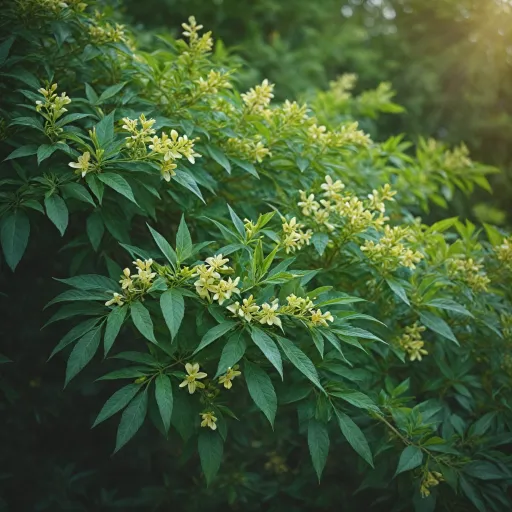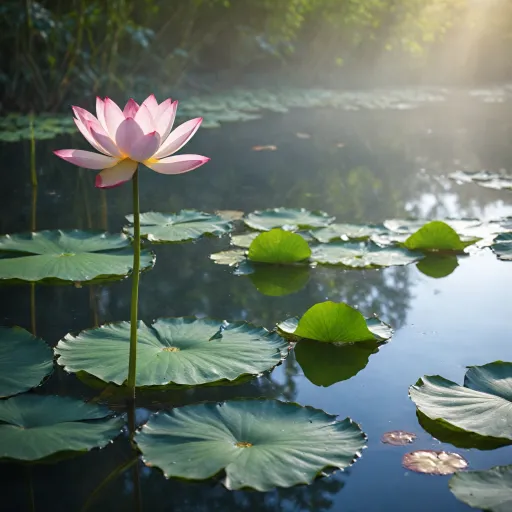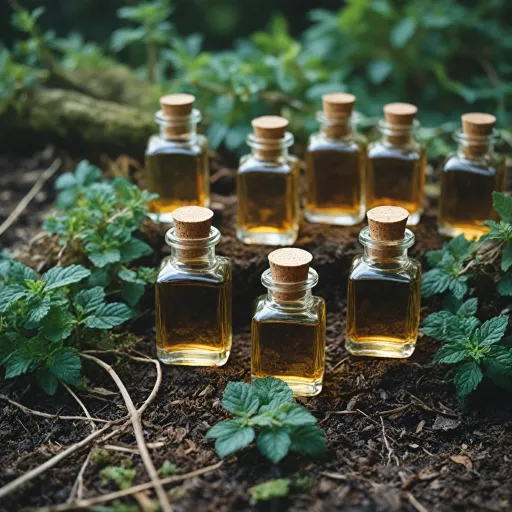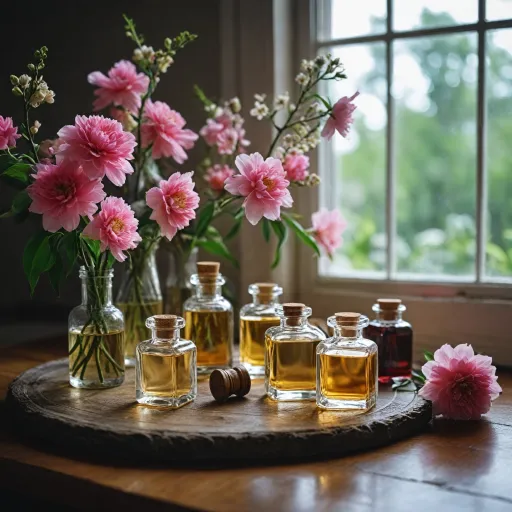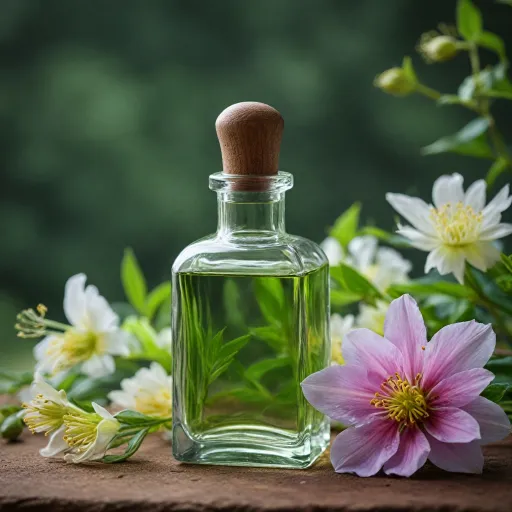
The ancient roots of myrrh in perfumery
Myrrh’s Timeless Role in Ritual and Scent
For centuries, myrrh has held a unique place in the world of fragrance and beyond. This ancient resin, harvested from the myrrh tree (Commiphora species), was treasured in early civilizations not just for its scent but also for its spiritual and medicinal significance. Its use stretches back to the earliest recorded history, where it was a staple in religious ceremonies, traditional Chinese medicine, and even as an ingredient in embalming oils.
What does myrrh smell like? The myrrh aroma is often described as resinous, slightly bitter, and warm, with subtle sweet undertones. This complex scent profile made myrrh a prized component in ancient perfumes and essential oils. Its ability to ground and enrich other notes in a blend is why it remains a popular base note in modern perfumery.
Across cultures, myrrh was valued for more than just how it smells. In Egypt, it was used in sacred rituals and as a preservative. In the Middle East and Asia, myrrh resin and myrrh oil were believed to have healing properties, often blended with other essential oils for therapeutic purposes. The dual role of myrrh—as both a spiritual symbol and a fragrant treasure—helped it endure through the ages.
Today, fragrance lovers are rediscovering what makes myrrh so captivating. Its rich, resinous character and historical depth offer a sensory journey that connects us to the past. For those curious about the enduring appeal of ancient scents, exploring myrrh is a natural starting point. If you’re interested in how other timeless botanicals continue to inspire modern perfumery, you might enjoy reading about why lemon verbena fragrance captivates true scent lovers.
Breaking down the scent profile of myrrh
Decoding the Complex Aroma of Myrrh
When fragrance lovers ask, "What does myrrh smell like?", the answer is both simple and layered. Myrrh, a resin obtained from the myrrh tree, has been treasured for centuries in perfumes, religious ceremonies, and even traditional Chinese medicine. Its scent profile is a fascinating blend of contrasts—ancient yet timeless, bitter yet sweet, and always unmistakably resinous.
At its core, the myrrh aroma is warm and enveloping. The first impression is often described as slightly medicinal or even bitter, reminiscent of freshly cracked tree resin. This bitterness quickly gives way to a soft, balsamic sweetness, which lingers and evolves on the skin. The scent of myrrh is often compared to incense, with smoky undertones that evoke ancient rituals and sacred spaces.
- Resinous: The dominant note, earthy and grounding, like walking through a forest after rain.
- Bitter: A sharp, almost medicinal edge that adds depth and intrigue.
- Sweet: Subtle, honeyed undertones that soften the overall profile.
- Smoky: Reminiscent of incense burning in ancient temples.
- Warm and balsamic: A lingering, comforting finish that makes myrrh a classic base note in many perfumes.
Myrrh essential oil and myrrh resin are both used in perfumery, but the oil tends to be more intense, amplifying the bitter and smoky facets. In contrast, the resin can feel rounder and slightly sweeter. When blended with other essential oils or notes, myrrh acts as a bridge, enhancing both woody and sweet elements in a composition.
For those curious about how myrrh compares to other earthy scents, exploring patchouli perfume oil can offer additional insight into the world of resinous, grounding fragrances.
Whether in eau de parfum, essential oils, or traditional incense, the myrrh scent is unmistakable. Its complexity is why it remains a favorite among those who appreciate perfumes with depth and history. If you ever have the chance to smell myrrh in its pure form, take a moment to appreciate its ancient, multifaceted character—it’s a true olfactory journey.
How myrrh is extracted and its impact on scent
From Resin to Essence: How Myrrh’s Extraction Shapes Its Scent
To truly understand what myrrh smells like, it’s essential to look at how this ancient resin is transformed from raw material into the fragrant oils and notes we experience in perfumes. The journey from myrrh resin to myrrh essential oil is both fascinating and impactful for the final scent profile.
- Harvesting the Resin: Myrrh comes from the Commiphora tree, native to arid regions of Africa and the Middle East. The tree’s bark is cut, allowing the resin to ooze out and harden into reddish-brown tears. This raw myrrh resin is the starting point for all myrrh scents and oils.
- Extraction Methods: The most common way to obtain myrrh essential oil is steam distillation. This process gently heats the resin, releasing the volatile aromatic compounds that define the myrrh aroma. Sometimes, solvent extraction is used for a different olfactory nuance, but steam distillation remains the gold standard for perfumery.
- Impact on Scent: The extraction process can subtly influence what myrrh smells like. Steam-distilled myrrh oil tends to highlight the resinous, slightly bitter, and earthy notes, while solvent-extracted oils may bring out a sweeter, more balsamic undertone. The result is a complex scent that can be described as smoky, medicinal, and warm, with hints of spice and wood.
Myrrh’s role as a base note in perfumes is rooted in its dense, long-lasting aroma. Its essential oil anchors compositions, adding depth and a mysterious, almost spiritual character. This is why myrrh is often found in perfumes inspired by ancient rituals and religious ceremonies, as well as in modern blends seeking a resinous, grounding effect.
For those curious about how myrrh pairs with other deep, sensual notes, exploring the allure of musk and roses in perfumery offers further insight into how these rich ingredients interact to create unforgettable scents.
In summary, the way myrrh is extracted—from resin to essential oil—shapes not only what myrrh smells like, but also how it performs in perfumes and essential oils. Whether you’re drawn to its ancient mystique or its modern versatility, understanding this process deepens your appreciation for the myrrh scent in fragrance.
Pairing myrrh with other fragrance notes
How myrrh transforms in blends
Myrrh is a fascinating resin with a scent that can shift dramatically depending on what it is paired with. As a base note, myrrh brings a resinous, slightly bitter, and sweet aroma that anchors a perfume. Its ancient use in religious ceremonies and traditional medicine has made its scent profile instantly recognizable to fragrance lovers. But what does myrrh smell like when blended with other notes?
- With frankincense: Myrrh and frankincense are a classic duo, both resins from ancient trees. Together, they create a smoky, balsamic, and almost meditative scent, often found in essential oils and incense blends.
- With florals: Myrrh’s bitter and resinous character can add depth to sweet floral notes like rose or jasmine. The result is a perfume that feels both mysterious and comforting.
- With spices: When paired with spices such as cinnamon or cardamom, myrrh oil enhances the warmth and complexity of the fragrance, making it ideal for autumn and winter scents.
- With woods and ambers: Myrrh resin blends beautifully with woody notes like sandalwood or cedar, as well as amber accords. This combination amplifies the earthy, slightly smoky facets of myrrh, creating a rich and long-lasting base.
- With citrus: Surprisingly, myrrh essential oil can also be paired with citrus notes. The bitterness of myrrh balances the brightness of citrus, resulting in a sophisticated and modern eau parfum.
Why perfumers choose myrrh as a base
Myrrh’s versatility is one reason it remains a favorite among perfumers. Its essential oil and resinous extracts can soften sharp notes, add longevity, and provide a unique signature to a fragrance. In modern perfumes, myrrh is often used to create a bridge between top and base notes, ensuring the scent evolves beautifully on the skin. Whether you are drawn to its ancient roots or its ability to transform a blend, myrrh offers a scent experience that is both timeless and contemporary.
Why fragrance lovers are drawn to myrrh
What draws fragrance lovers to the myrrh aroma?
For centuries, myrrh has fascinated perfume enthusiasts and collectors alike. Its unique scent profile—resinous, slightly bitter, and subtly sweet—offers a complexity that stands out in the world of fragrance. But what exactly makes myrrh so captivating for those who adore perfumes?- Depth and richness: Myrrh oil and resin bring a deep, almost mystical quality to perfumes. The scent is often described as warm, earthy, and enveloping, making it a favorite base note in many eau de parfum creations.
- Versatility: Myrrh pairs beautifully with a range of other notes, from spicy frankincense to creamy vanilla or smoky woods. This adaptability allows perfumers to craft scents that are both ancient and modern, appealing to a wide range of tastes.
- Emotional resonance: The aroma of myrrh is often linked to spiritual and meditative experiences, as well as religious ceremonies. Its presence in essential oils and perfumes can evoke a sense of calm, grounding, and nostalgia for the sacred or the exotic.
- Historical intrigue: The story of myrrh—its use in ancient rituals, traditional Chinese medicine, and as a precious trade resin—adds a layer of allure for those who appreciate the narrative behind a scent.
- Distinctive character: Unlike more common floral or citrus notes, myrrh smells like nothing else. Its bitter-sweet, resinous profile is instantly recognizable, making it a signature ingredient for those who want their perfume to stand out.
Tips for experiencing myrrh in modern perfumes
Ways to Discover Myrrh in Contemporary Perfumes
For fragrance lovers eager to experience the unique myrrh scent, there are several practical approaches to explore its ancient and resinous character in modern creations. Whether you are curious about what myrrh smells like or want to deepen your appreciation for this essential oil, these tips can help you get started.
- Sample Niche Perfumes: Many niche and artisanal perfume houses highlight myrrh as a base note, often blending it with other resinous or bitter notes. Sampling these perfumes can help you understand how myrrh oil interacts with other scents and what makes its aroma so distinctive.
- Try Essential Oils: Pure myrrh essential oil or myrrh resin can be found at specialty shops. Applying a small amount to a scent strip or your skin allows you to experience the raw, earthy, and slightly sweet myrrh smell. This is a direct way to answer the question, "what does myrrh smell like?"
- Explore Blends with Frankincense: Myrrh is often paired with frankincense, especially in perfumes inspired by religious ceremonies or ancient traditions. These blends highlight the complementary nature of both resins, resulting in a complex, smoky, and slightly medicinal scent profile.
- Look for Modern Interpretations: Some contemporary perfumes use myrrh as a supporting note, adding depth and warmth to floral, spicy, or woody compositions. Reading fragrance descriptions and reviews can help you identify which perfumes feature myrrh as a prominent note.
- Attend Scent Workshops: If available, workshops or masterclasses on essential oils and resins often include myrrh. These events offer hands-on opportunities to smell myrrh resin, myrrh oil, and blends, enhancing your olfactory vocabulary.
Recognizing Myrrh’s Signature in Perfume
When exploring perfumes, pay attention to the base notes. Myrrh often appears alongside other ancient ingredients like frankincense, benzoin, or labdanum. Its aroma is typically described as resinous, slightly bitter, and sweet, with a touch of medicinal depth. Some say myrrh smells like a blend of earth, smoke, and subtle spice, making it a favorite in both classic and modern eau de parfum formulations.
For those interested in the therapeutic side, myrrh essential oil is still used in traditional practices such as Chinese medicine. Its scent is believed to be grounding and calming, adding another layer to its appeal for fragrance enthusiasts.
Tips for Your Fragrance Journey
- Start with small samples to see how myrrh interacts with your skin chemistry.
- Compare the scent of myrrh resin, oil, and perfumes to notice subtle differences.
- Take notes or photos of the perfumes you try, focusing on how the myrrh note develops over time.
- Don’t hesitate to ask for recommendations at perfume boutiques specializing in essential oils and resins.
Experiencing myrrh in modern perfumes is a journey through history, culture, and scent. Whether you are drawn to its ancient roots or its complex aroma, myrrh offers a world of olfactory discovery for those who seek something truly unique.
